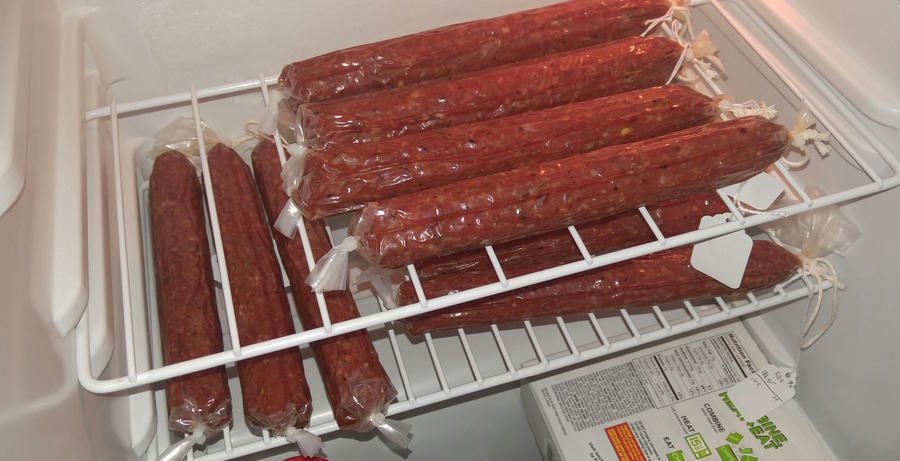Hi Debi - great looking sausage. I will be trying your recipes Thumbs Up
As Atomicsmoke mentioned it is the toxin and not the spores that is dangerous when ingested. C. Botulinum spores are around us all the time and we probably ingest some every time we eat fresh fruit and vegetables. As you mention though the toxin is rendered safe when it is taken to a temperature of 185 F (85 C) for 5 minutes or 176 F (80 C) for 10 minutes. So
technically it is likely to be safe to eat if cooked correctly. Unfortunately other than the cure Frank used we know nothing of his method (storage temperature, pH etc) so we do not know how likely it is that CB toxin may be present. Speaking purely from a personal perspective, without the addition of any Nitrate I would treat it as I would dry cure bacon - keep it refrigerated and eat it within about 6 weeks.
@DaveOmak
- It was good you found it. What was the table you posted? The lethality time for the organisms at different temperatures?






